And the winner is...


With shirt, without shirt, with or without a t-shirt, the man is here, there, crying to the camera, the corpse to one side to the other, the orange blanket appears, disappears... A hard staged press photo, indeed
Con camisa, sin camisa, con o sin camiseta, el hombre está aquí, allí, llorando hacia la cámara, el cadáver de un lado o del otro, la manta naranja aparece, desaparece... Una foto currada, desde luego
Por fin, acudí a la exposición World Press Photo, 2009 en el CCCB de Barcelona, justo el último día antes de su clausura: entre los ganadores (tercer premio de “Spot News”) una foto más que polémica, de la agencia Reuters. Según informa el pie de foto, el protagonista es un georgiano que abraza a su hermano, muerto en un bombardeo ruso sobre Gori, el 9 de agosto de 2008.
Lo primero que llama la atención es que la foto en cuestión aparecía firmada por el georgiano David Mdzinarishvili, pero también por el ucraniano Gleb Garanich (ambos de Reuters, al parecer) que es quien se lleva el premio.
Si bien es cierto que la secuencia fotográfica del georgiano abrazando al hermano ha sido reproducida en muchas ocasiones, también lo es que ha levantado una importante polémica sobre su autenticidad. En la red no es nada difícil encontrar una y otra vez las discusiones sobre los aspectos más que dudosos de la toma. Y eso desde un principio: ya el 18 de agosto de 2008 incluí noticia del asunto en este mismo blog. Lo interesante es que no se ha podido demostrar que no fuera un “fake”. Los que defienden su autenticidad alegan simplemente un “I don´t tihink… I don´t think…” reiterado, y poco más.
También se ha intentado zanjar la polémica argumentando que el bombardeo no fue un invento, que el muerto es real. Nadie lo duda. Hubo un bombardeo, hubo víctimas, entre ellas los que aparecen en las fotos. Lo que se denuncia aquí es que existen pruebas bastante concluyentes de que se llevó a cabo un posado bastante grosero, utilizado posteriormente como propaganda de guerra por el bando georgiano, y premiado finalmente en World Press Photo. Suficientemente vergonzoso.
Y lo peor es que la polémica no se queda en la foto mencionada. Hay otra, también del ucraniano Gleb Garanich, de ese mismo día, que asimismo levanta serias dudas. Y que también está colgada en la galería de honor de World Photo Press 2009. Mmm… demasiadas sospechas.
Eso, de por sí, es grave para la profesión periodística. Tanto más si tenemos en cuenta que en 2006, se despidió a un fotógrafo árabe por recurrir al Photoshop para dramatizar la escena de un bombardeo retocando el humo. ¿Quieren ver más ejemplos de utilización de Photoshop en fotos premiadas? Echen un vistazo cuidadoso a las fotos del World Press Photo 2009. Si ustedes han utilizado Photoshop alguna vez, seguro que localizarán fácilmente más de una.
¿Para cuándo el World Press Fake? Será muy interesante para todos aquellos que no tragan el fotoreportaje industrial de los grandes mass media, con toda esa característica “miseria de diseño” y propaganda de guerra. Mientras llega ese momento, pueden disfrutar de excelentes ejemplos de auténtica fotografía histórica en: Ian Jeffrey, Cómo leer la fotografía. entender y disfrutar los grandes fotógrafos, de Stieglitz a Doisneau, Electa, Barcelona, 2009
Finally, I attended the World Press Photo exhibition, 2009 at the CCCB of Barcelona, just the last day before its closure: among the winners (third prize for "Spot News") a snapshot rather than polemic, from Reuters news agency. As reported by the caption, the scene depicts a Georgian man who embraces his brother, killed in a Russian strike on Gori, 9th August, 2008.
The first thing that strikes us is that near the same scene was signed by the Georgian David Mdzinarishvili, but also by the Ukrainian Gleb Garanich (both from Reuters, apparently) although it was the latter who took the award.
While it is true that photographic sequence of the Georgian brothers (?) has been reproduced many times, it is equally important that it has raised a controversy over its authenticity. It´s not difficult to find in the net the discussions on the more than doubtful shot, again and again. Already on 19 August 2009, I published a post on the curious photos made from Garanich in Gori. And the interesting thing is that is no clear evidence that there was NOT a fake. Those who defend their plausibility simply repeat: "I don´t think... I don´t think...”, and little else.
Some people have tried to settle the controversy by arguing that the attack was not an invention, that the dead is real. Nobody doubts that. There was a Russian strike, there were victims, including those in the photos. What is reported here is the pretty conclusive evidence that Garanich largely staged the picture, later used as war propaganda by the Georgian side, and finally awarded by World Press Photo. Embarrassing enough.
The worst thing is that the controversy does not remain in the picture above. There's another, also from Ukrainian Gleb Garanich, just the same day, and it also raises serious questions. And this second picture also hangs in the gallery of honor of World Press Photo 2009. Mmm... more and more suspicious.
That, in itself, is a serious affront for the journalistic profession. All the more if we consider that in 2006, Reuters fired an Arab photographer who tried to dramatize the scene of an Israelí strike by tweaking the smoke with a little help from Photoshop. Want to see more examples of using Photoshop in winning press snapshots? Take a close look at the photos of the World Press Photo 2009. If you ever have used Photoshop, surely you will see more than one such.
For when the World Press Fake award? It will be interesting for those who do not swallow the industrial photo-mass media, with all that characteristic "misery desing” and war propaganda. Until that time, you may have wonderful examples of really authentic historical picture in the book by Ian Jeffrey: How to Read a Photograph: Lessons from Master Photographers, Putnam, New York, 2008
Lo primero que llama la atención es que la foto en cuestión aparecía firmada por el georgiano David Mdzinarishvili, pero también por el ucraniano Gleb Garanich (ambos de Reuters, al parecer) que es quien se lleva el premio.
Si bien es cierto que la secuencia fotográfica del georgiano abrazando al hermano ha sido reproducida en muchas ocasiones, también lo es que ha levantado una importante polémica sobre su autenticidad. En la red no es nada difícil encontrar una y otra vez las discusiones sobre los aspectos más que dudosos de la toma. Y eso desde un principio: ya el 18 de agosto de 2008 incluí noticia del asunto en este mismo blog. Lo interesante es que no se ha podido demostrar que no fuera un “fake”. Los que defienden su autenticidad alegan simplemente un “I don´t tihink… I don´t think…” reiterado, y poco más.
También se ha intentado zanjar la polémica argumentando que el bombardeo no fue un invento, que el muerto es real. Nadie lo duda. Hubo un bombardeo, hubo víctimas, entre ellas los que aparecen en las fotos. Lo que se denuncia aquí es que existen pruebas bastante concluyentes de que se llevó a cabo un posado bastante grosero, utilizado posteriormente como propaganda de guerra por el bando georgiano, y premiado finalmente en World Press Photo. Suficientemente vergonzoso.
Y lo peor es que la polémica no se queda en la foto mencionada. Hay otra, también del ucraniano Gleb Garanich, de ese mismo día, que asimismo levanta serias dudas. Y que también está colgada en la galería de honor de World Photo Press 2009. Mmm… demasiadas sospechas.
Eso, de por sí, es grave para la profesión periodística. Tanto más si tenemos en cuenta que en 2006, se despidió a un fotógrafo árabe por recurrir al Photoshop para dramatizar la escena de un bombardeo retocando el humo. ¿Quieren ver más ejemplos de utilización de Photoshop en fotos premiadas? Echen un vistazo cuidadoso a las fotos del World Press Photo 2009. Si ustedes han utilizado Photoshop alguna vez, seguro que localizarán fácilmente más de una.
¿Para cuándo el World Press Fake? Será muy interesante para todos aquellos que no tragan el fotoreportaje industrial de los grandes mass media, con toda esa característica “miseria de diseño” y propaganda de guerra. Mientras llega ese momento, pueden disfrutar de excelentes ejemplos de auténtica fotografía histórica en: Ian Jeffrey, Cómo leer la fotografía. entender y disfrutar los grandes fotógrafos, de Stieglitz a Doisneau, Electa, Barcelona, 2009
Finally, I attended the World Press Photo exhibition, 2009 at the CCCB of Barcelona, just the last day before its closure: among the winners (third prize for "Spot News") a snapshot rather than polemic, from Reuters news agency. As reported by the caption, the scene depicts a Georgian man who embraces his brother, killed in a Russian strike on Gori, 9th August, 2008.
The first thing that strikes us is that near the same scene was signed by the Georgian David Mdzinarishvili, but also by the Ukrainian Gleb Garanich (both from Reuters, apparently) although it was the latter who took the award.
While it is true that photographic sequence of the Georgian brothers (?) has been reproduced many times, it is equally important that it has raised a controversy over its authenticity. It´s not difficult to find in the net the discussions on the more than doubtful shot, again and again. Already on 19 August 2009, I published a post on the curious photos made from Garanich in Gori. And the interesting thing is that is no clear evidence that there was NOT a fake. Those who defend their plausibility simply repeat: "I don´t think... I don´t think...”, and little else.
Some people have tried to settle the controversy by arguing that the attack was not an invention, that the dead is real. Nobody doubts that. There was a Russian strike, there were victims, including those in the photos. What is reported here is the pretty conclusive evidence that Garanich largely staged the picture, later used as war propaganda by the Georgian side, and finally awarded by World Press Photo. Embarrassing enough.
The worst thing is that the controversy does not remain in the picture above. There's another, also from Ukrainian Gleb Garanich, just the same day, and it also raises serious questions. And this second picture also hangs in the gallery of honor of World Press Photo 2009. Mmm... more and more suspicious.
That, in itself, is a serious affront for the journalistic profession. All the more if we consider that in 2006, Reuters fired an Arab photographer who tried to dramatize the scene of an Israelí strike by tweaking the smoke with a little help from Photoshop. Want to see more examples of using Photoshop in winning press snapshots? Take a close look at the photos of the World Press Photo 2009. If you ever have used Photoshop, surely you will see more than one such.
For when the World Press Fake award? It will be interesting for those who do not swallow the industrial photo-mass media, with all that characteristic "misery desing” and war propaganda. Until that time, you may have wonderful examples of really authentic historical picture in the book by Ian Jeffrey: How to Read a Photograph: Lessons from Master Photographers, Putnam, New York, 2008
Etiquetas: fake, Fotografía, Georgia, política informativa














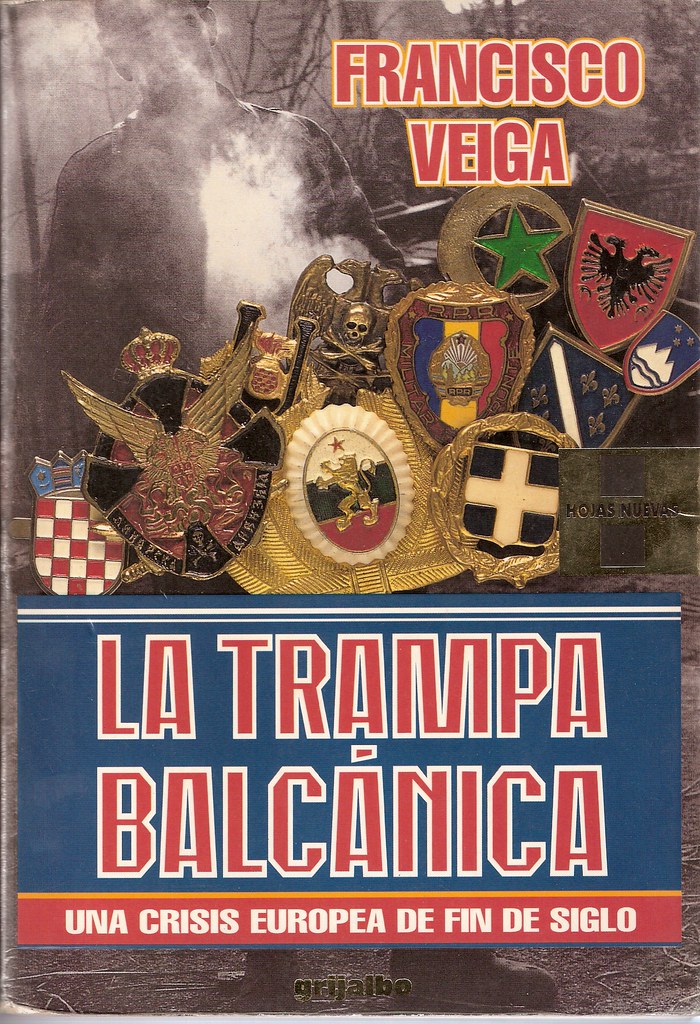
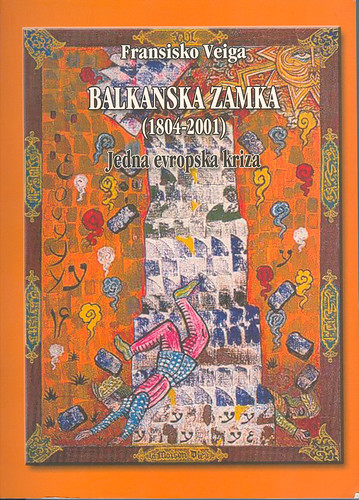
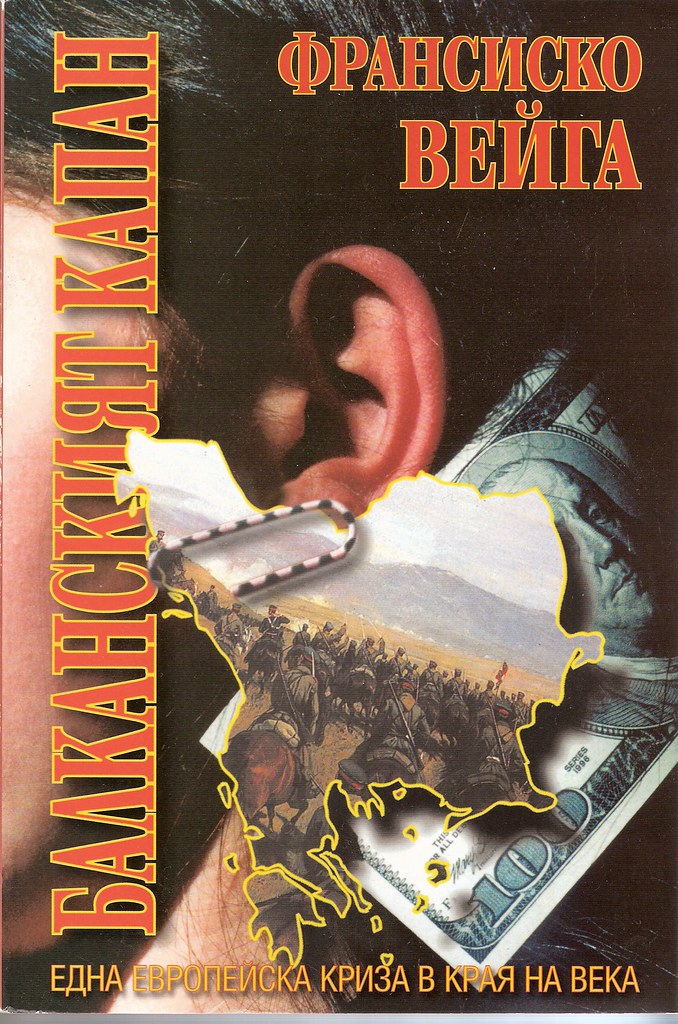
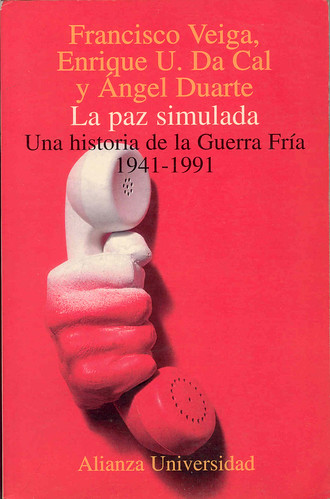
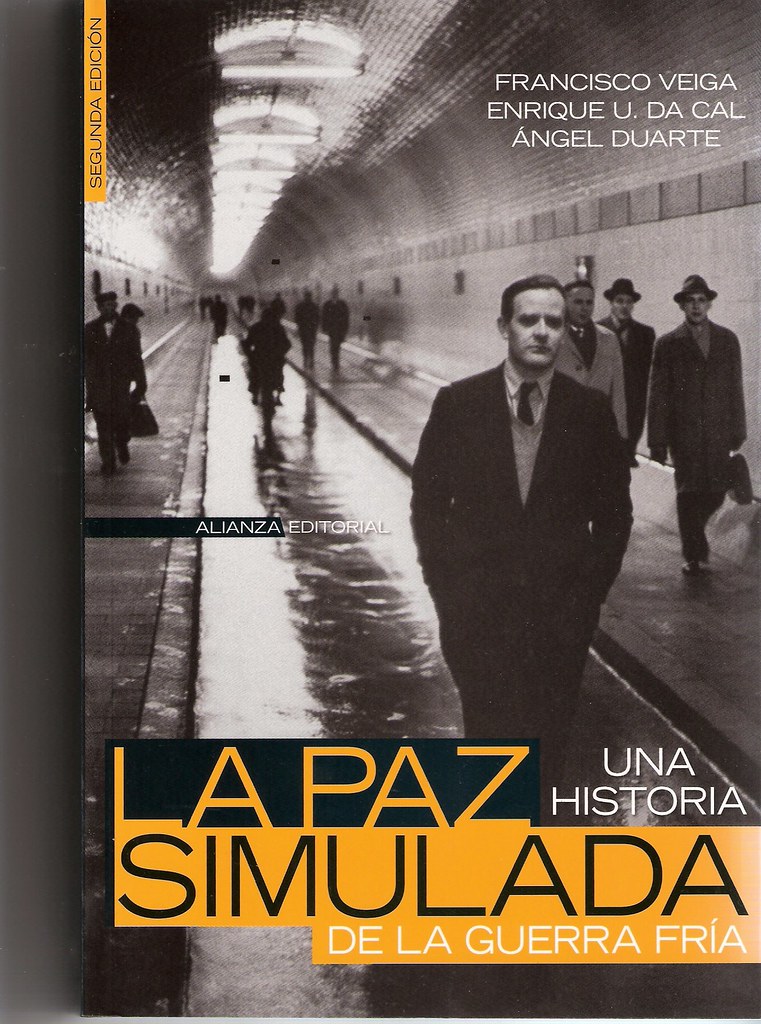
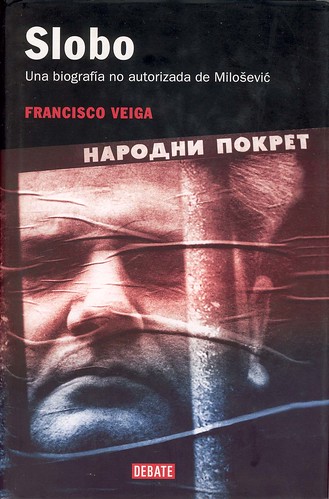
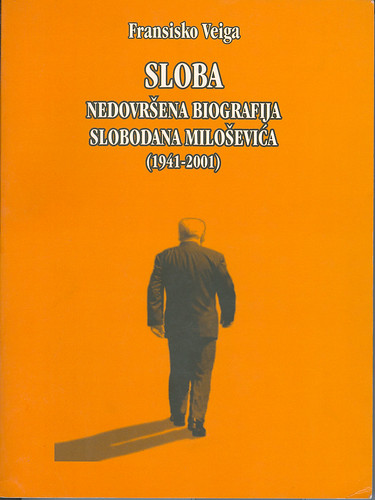
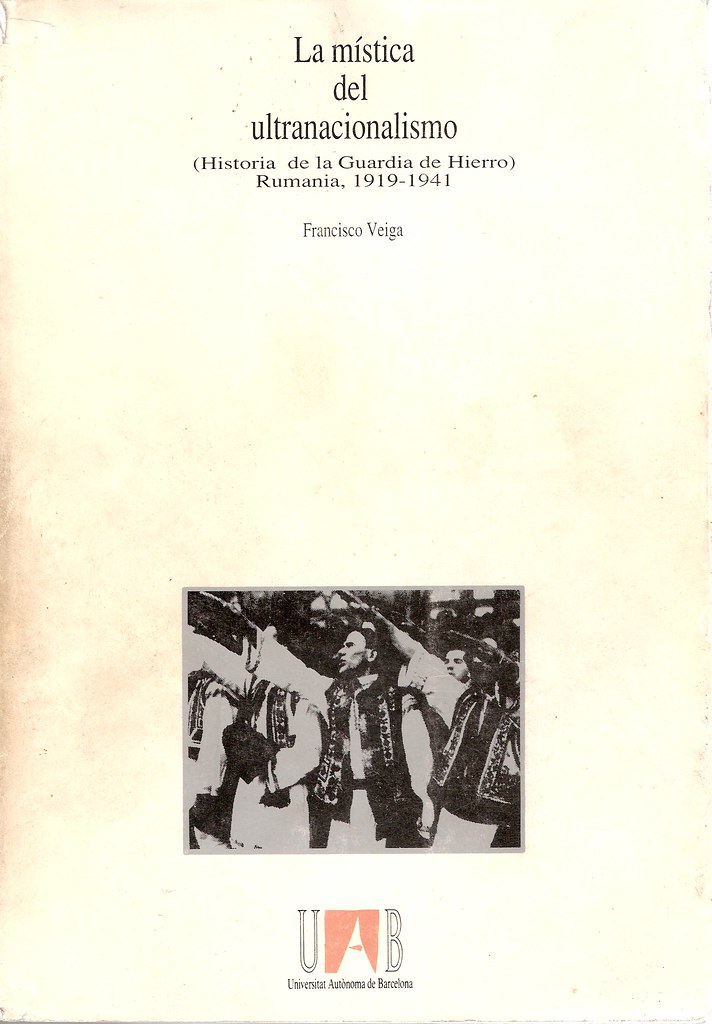
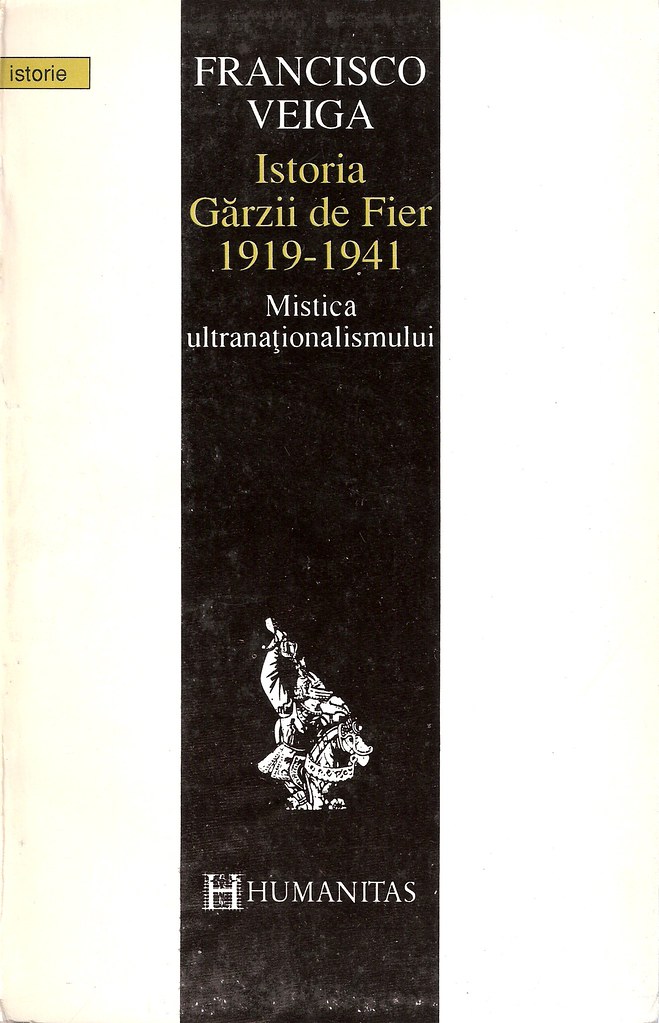

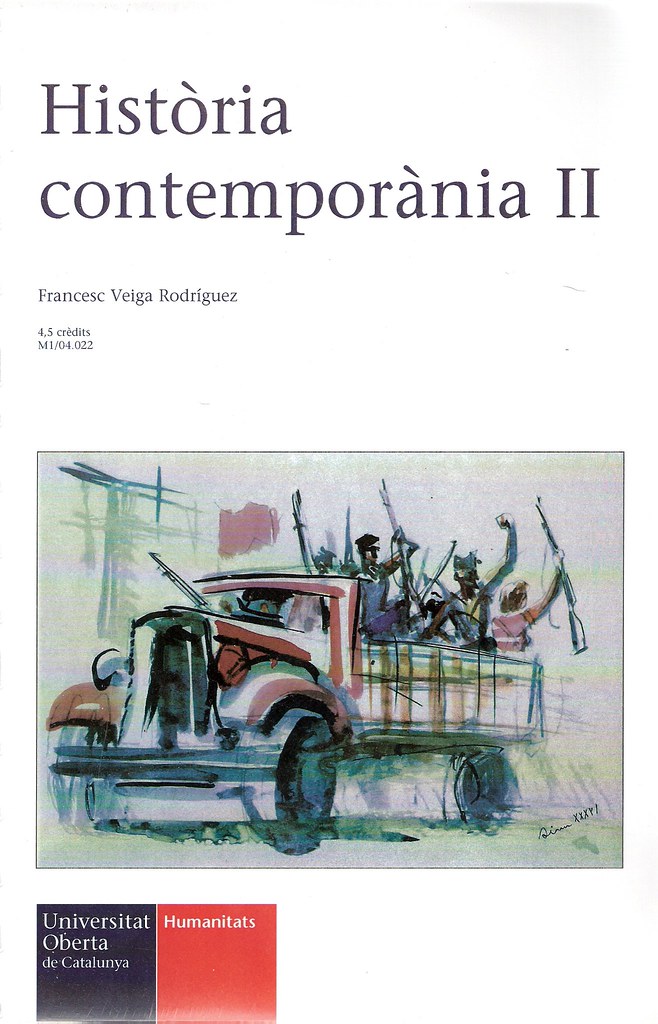
<< Home